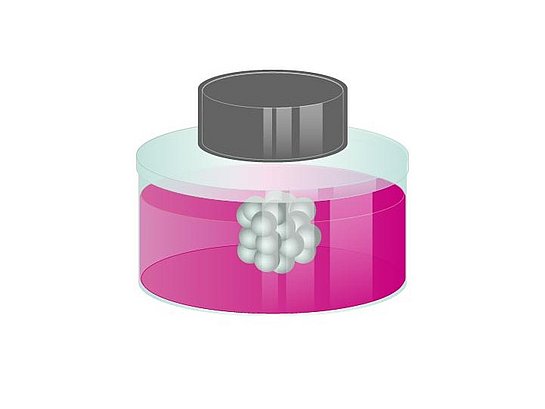Bioprinting 96, 384 & 1536 well
Beim Bioprinting werden magnetisierte Zellen mit Hilfe von schwachen magnetischen Kräften am Näpfchenboden zu Sphäroiden zusammengeführt. Ein Magnet unter jedem Well induziert die Zellaggregation und bildet einen Sphäroid pro Well innerhalb von 15 Minuten bis einigen Stunden.






















![[Translate to Deutschland | DE:] [Translate to Deutschland | DE:]](https://www.gbo.com/fileadmin/_processed_/e/1/csm_greiner-bio-one-bioscience-glauco-souza-18-10-2021_07a1629764.jpg)
